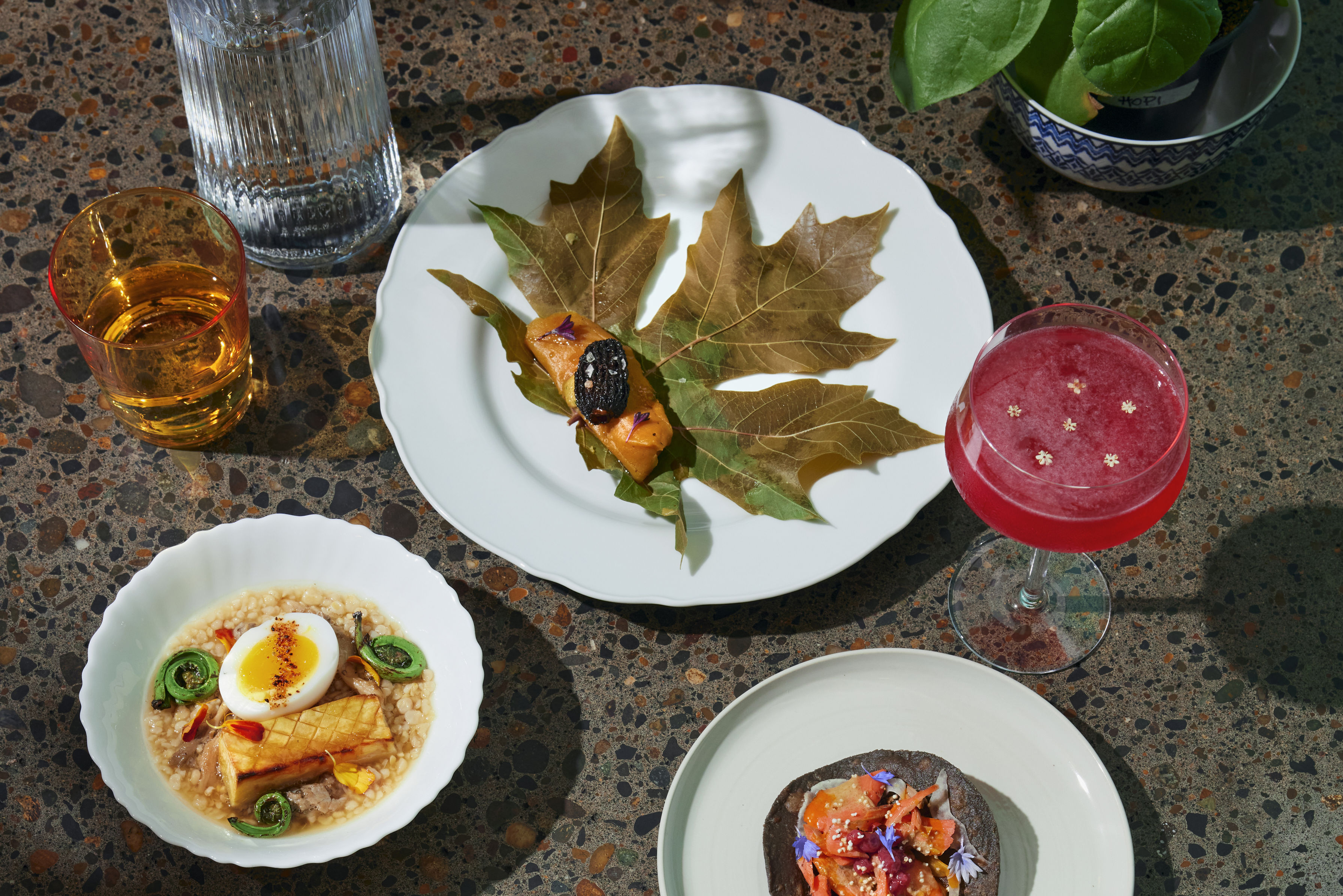MilkRun Is Like a CSA Where You Get to Choose What You Want

Image: Courtesy MilkRun
A couple of years ago, a data nerd and consultant-turned-small farmer named Julia Niiro was in New Orleans, drinking whiskey with her mentor, explaining her latest project: an Oregon food collective that threw farm dinners as a way to connect “seeders, feeders, and eaters.”
“He told me, ‘Kinda squishy, huh?’” she remembers. “I said, ‘What do you mean?’ He said, ‘Connecting seeders, feeders, and eaters—kinda squishy. Nice idea, but squishy. Don’t you wanna do something that makes a difference?’”
Niiro took that comment as a challenge and disbanded that project. Her next move: Last fall, she quietly launched a Portland food delivery system called MilkRun, a start-up that gathers food from local farmers and artisans and delivers it straight to eaters’ front doors. Unlike most community-supported agriculture (CSA) models, MilkRun users choose what they want each week—from local milk and Portland standbys like Smith Teas to rarer finds, like chuck roasts and ground beef made from grass-grazed cows living on Niiro’s own farm, Revel Farm Ranch in Canby. Customers put out an ice-packed cooler on their front steps on Thursday morning, and sometime between 7 a.m. and 3 p.m. the food appears. (Porchless apartment dwellers can make other arrangements.)
“A year ago, I approached all of these farmers and suppliers, and said, ‘Hey can I put your name on a list and get milk from you, Garry [of Garry’s Meadow Fresh Jersey Milk], and deliver it to 10 schoolteachers each week to see where this goes?’” she says.
Those Portland teachers liked this new arrangement. They sang MilkRun’s praises to other teachers, who in turn told their friends, who ... you get the idea. Now that the model has proven viable—MilkRun now serves 1,000 users—Niiro’s ready to take her project to the public.
So how’s Niiro making all of this work? By being her own middleman. While researching why other delivery start-ups were failing, she discovered that they were spending 80 percent of their operational costs on packaging California produce in fancy boxes and shipping to Iowa, Louisiana, or New York.
“Our goal is to build an experience for both the supplier and the customer so we can match people in local communities based on their needs,” says Niiro.
Squishy? No. Crunchy? A bit.




